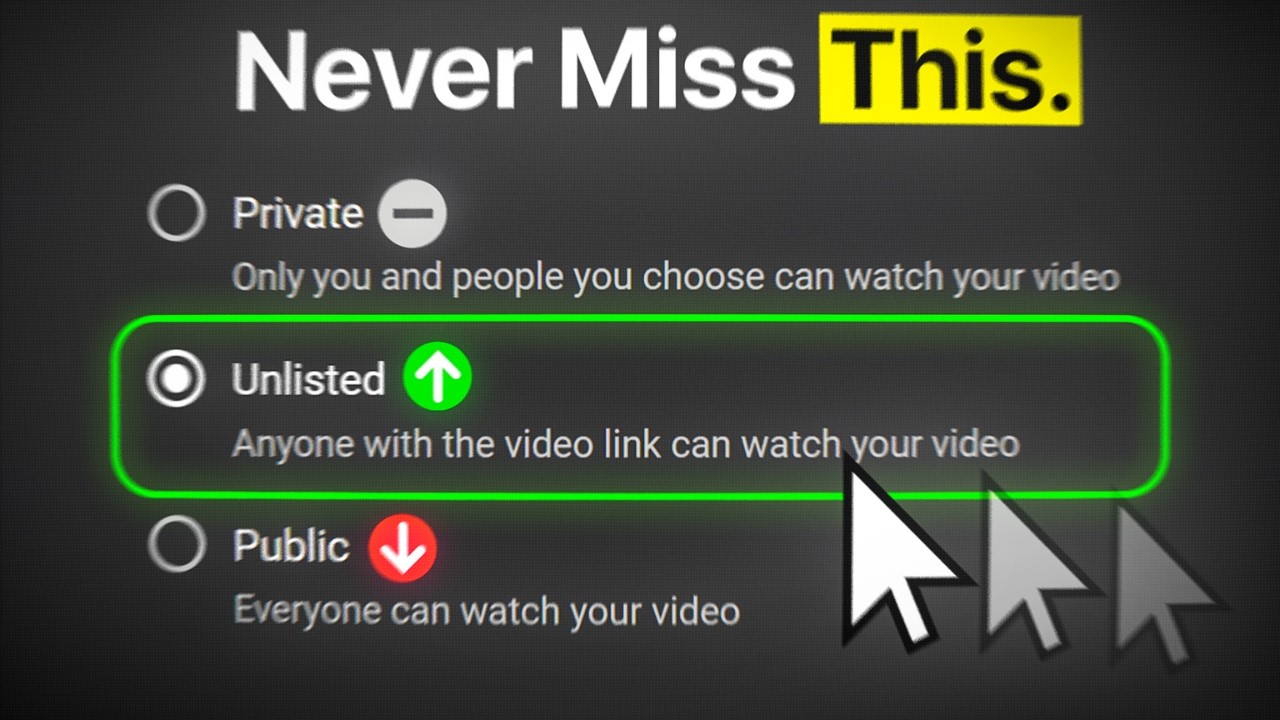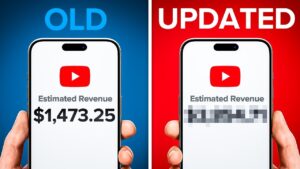3.7 million videos are uploaded to YouTube every day and if you want to give your video the best chance of being seen among them, you need to pay attention to YouTube keyword research.
That 3.7 million number might sound intimidating but don’t let it phase you. YouTube is still the place to be if you want to reach a huge audience, whether you’re a creator, brand, or marketer.
Just know that standing out takes more than just great content. YouTube keyword research is the first step to make sure YouTube can understand your video, which is the first step in getting the YouTube algorithm to recommend your video to viewers.
SEO for YouTube can make all the difference. When you know how to find the right keywords, you’re setting your videos up for more visibility, better engagement, and, ultimately, a bigger audience.
In this blog, we’re going to break down some advanced video optimization tips to help you nail YouTube keyword research.
Why Keyword Research Matters for YouTube SEO
When you get insight into what people are searching for on YouTube, you’re getting a ton of valuable information about how to position your video. You’re learning what people search for in your niche, and you’re discovering the keywords they’re using to find content. If you want to put your content in front of the viewers that are most likely to watch your videos (and you definitely do want that), it all starts with YouTube keyword research.
Targeting the right keywords can help you build that all-important watch time, along with engagement flags including likes and comments. All of these things play a role in your YouTube content success (or failure, but let’s keep it positive).
Using the right keywords doesn’t just boost your views, it helps you build a community of loyal subscribers who keep coming back. In other words, by getting your YouTube keyword research right, you’re setting up your channel for long-term success and audience growth.
Get an unfair advantage on YouTube
Give your YouTube channel the upper hand and easily optimize for more views, more subs, and more of every metric that matters.
Basic YouTube Keyword Research Techniques
Let’s start with the basics of YouTube keyword research, which are key to improving SEO for YouTube:
- Identify Popular Keywords in Your Niche
The first step is finding the popular keywords within your niche. Start YouTube keyword research by typing a broad topic related to your content into YouTube’s search bar and take note of the auto-suggestions that appear. These suggestions show what people are actively searching for, and they can give you valuable insights into what your audience is interested in.
To take it a step further, tools like Google Trends can help you identify trending topics over time. Trends can show you what’s gaining popularity, allowing you to create content that aligns with what people are looking for at the right moment.
- Understanding YouTube’s Search Algorithm for SEO
Knowing your keywords is just one part of the puzzle. YouTube’s algorithm focuses on engagement, videos that keep viewers watching, clicking, and coming back for more. It doesn’t just rely on keywords; it also looks at watch time, click-through rates, and how long people stay engaged with your videos.
This means that while keywords are important, creating engaging content that holds the viewer’s attention is just as important. By combining well-researched keywords with content that hooks viewers, you’ll set yourself up for success. As you work on your SEO strategy, remember that keyword research and audience engagement go hand in hand for growing your channel.
Advanced YouTube Keyword Research Techniques
For creators, advanced keyword research helps find new opportunities and gives you a competitive edge on YouTube. Here are some ways to improve your strategy:
- Use SEO Tools for YouTube Keyword Discovery
TubeBuddy is a great tool for YouTube keyword research. It shows you important details like search volume, competition, and how much reach each keyword has. This helps you choose the right keywords for your videos.
TubeBuddy also helps you discover long-tail keywords, specific phrases that are easier to rank for but still bring in the right audience. Plus, it gives you related search ideas, so you can better understand what your audience is searching for.
- Competitive Analysis for Video Topic Ideas
Checking out what your competitors are doing can help you find new keyword opportunities. Look at top videos in your niche, pay attention to their titles, tags, and descriptions. See which keywords they’re using and how much engagement they’re getting.
You can also spot gaps in their content. If you find something they haven’t covered, create a video that fills that gap. This helps you target new keywords and stand out by offering something unique to your viewers.
Optimize Videos Using High-Impact Keywords
Once you have your keywords, it’s time to use them. Putting them in the right places helps YouTube understand your video and show it to the right audience. Here’s how to do it:
- Keyword Placement in Titles, Tags, and Descriptions
Let’s talk about the best places to add your keywords. In your title, try to get your main keyword in the first few words. This helps YouTube and your viewers instantly know what your video is about. For the description, weave your keywords in naturally, like you’re explaining what your video is about in a friendly, easy-to-read way. When it comes to tags, use your main keyword, but also include related words to help YouTube organize your content. Just remember, don’t go overboard, stuffing keywords can make things feel unnatural and hurt your rankings.
- Enhancing Thumbnails with Relevant Keywords
Thumbnails are the first thing people notice, so make them work for you. Adding a relevant keyword to your thumbnail text can give viewers an instant idea of what your video’s about. Keep the text short, clear, and easy to read. A well-designed thumbnail with a keyword can help grab attention and increase the chances of your video getting clicked, leading to higher engagement.
Conclusion: Stay Ahead with Keyword Research for 2025
Keyword research is always changing, especially on a platform like YouTube. To stay ahead of the competition, it’s important to keep up with the latest trends, use the right tools, and refine your keyword strategy. As YouTube’s algorithm and user behavior evolve, effective YouTube keyword research will continue to be one of the best ways to get your content seen by more people. So, take advantage of these advanced techniques in 2025, and watch your YouTube presence grow.
Get an unfair advantage on YouTube
Give your YouTube channel the upper hand and easily optimize for more views, more subs, and more of every metric that matters.












